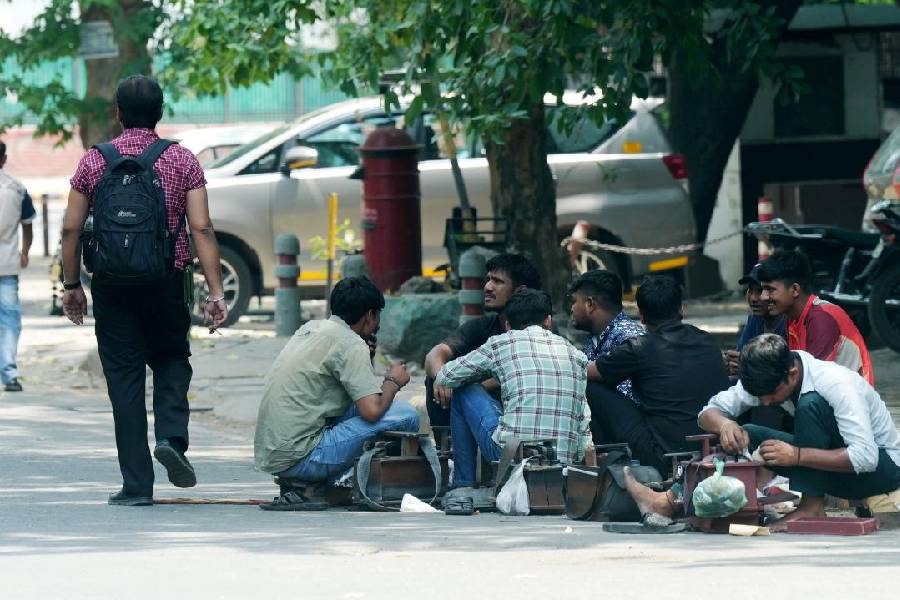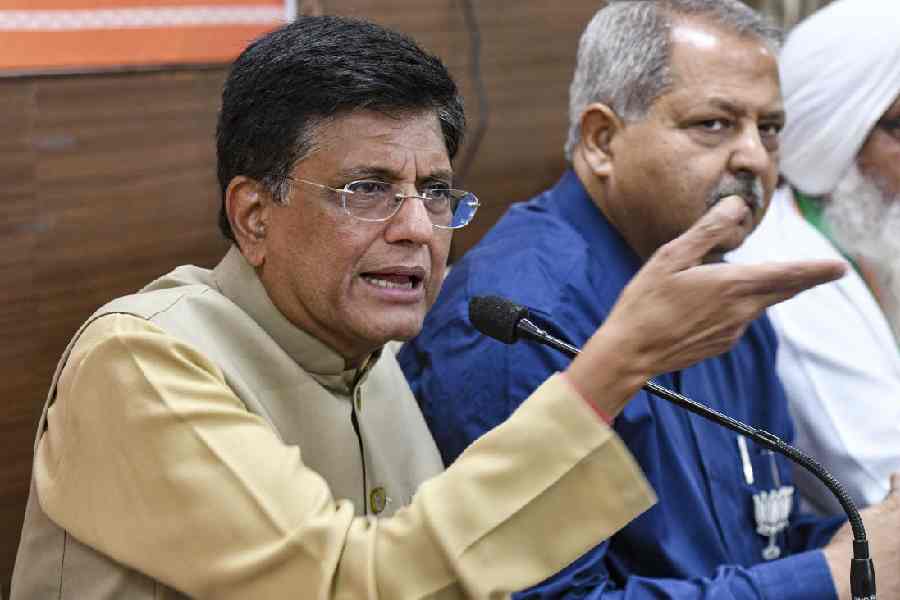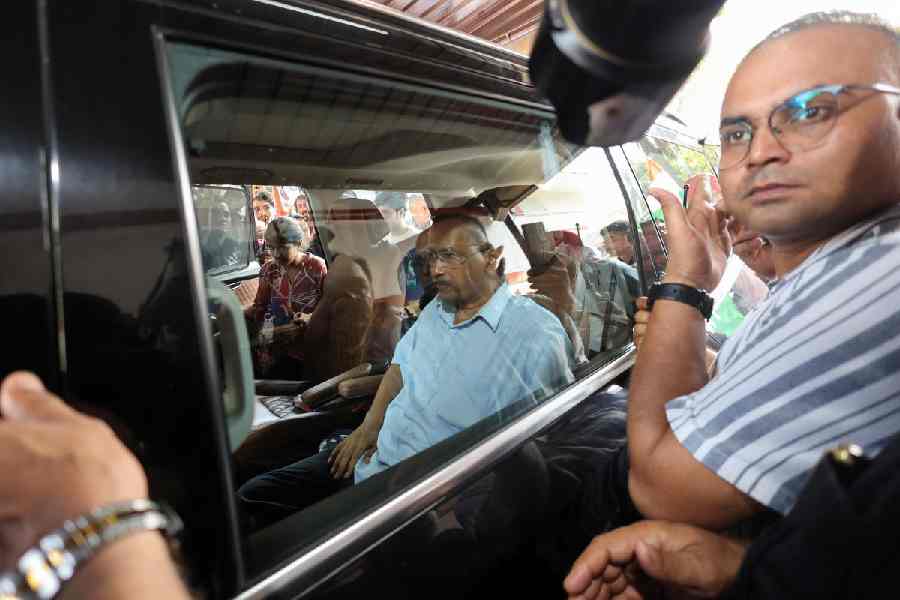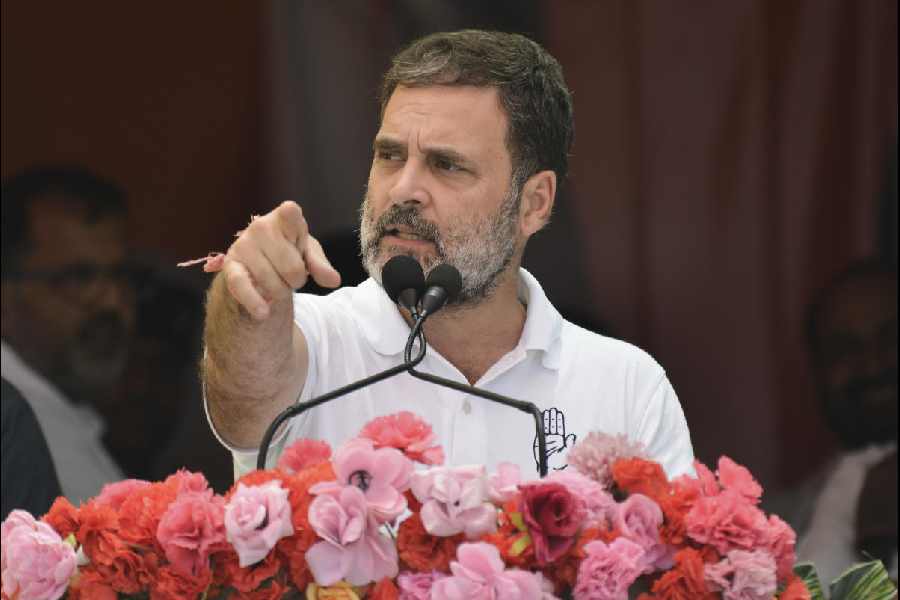Sitting under a tree, Suman Mandal strenuously fans her two-year-old son on a hot summer afternoon near a construction site in southeast Delhi's Sewa Nagar.
The mercury has soared to 46 degrees Celsius and Mandal, 37, and her two children -- the other aged four -- are visibly sluggish.
"It is very difficult to work in this heat. But I cannot skip work or I will lose income," she said, adding the heat also takes a toll on her children.
Wearing a checkered scarf to shield himself from the searing sun, Sanjay Verma, 49, zigzags across south Delhi for eight hours, delivering food.
He says the crippling heat is slowing him down. "I take a break and drink water every 30 minutes, otherwise I will faint or drop dead." As parts of India grapple with extreme heat, outdoor workers, the elderly and children are particularly affected. People are less productive during hot weather and children struggle to learn.
While experts say spells of extreme heat have become more frequent and severe due to climate change, a new analysis shows Delhi logged a high of 40 degrees Celsius or above on more than 150 days in eight of the last 10 years.
Only one year (2007) saw the mercury exceeding 40 degrees Celsius for more than 150 days in the previous two decades.
The International Institute for Environment and Development's (IIED) analysis of temperatures in the world's 20 biggest capital cities also shows Delhi reached or surpassed 40 degrees Celsius on 1,557 days (around 43 per cent) in the last 10 years.
The IIED analysed only airport site data for consistency across cities. The data from the Indira Gandhi International Airport has been used for Delhi.
The densely packed city recorded temperatures above 40 degrees Celsius on 1,254 days (around 34 per cent) during 2004-2013 and 1,180 days (around 32 per cent) during 1994-2003, the analysis shows.
Anna Walnycki, a principal researcher on IIED's human settlements team, said the alarming rise in extreme heat events in India due to climate change is significantly impacting health, wellbeing and productivity of all, especially those living in low-income and informal communities.
"Low-income households have limited capacity to adapt to extreme heat because of poor access to water and electricity. In addition, the design and construction of informal houses often means there is poor ventilation and little shelter from extreme heat," she said.
Need for robust heat action plan: Chandni Singh, senior researcher at the Indian Institute for Human Settlements and IPCC lead author, said state and city-level heat action plans are proving "insufficient to deal with the heat we are now experiencing".
In urban areas, Singh said, the experience of heat depends on factors such as residential location, occupation and access to cooling.
"Understanding this unequal heat risk is a critical first step to developing nuanced heat action plans. Delhi's current heat action plan needs to map heat hotspots and overlay this with existing vulnerability maps to inform heat action," she said.
Prepared last year, the city's heat action plan talks about altering school timings, suspending non-essential water use and providing uninterrupted power supply to health facilities to mitigate the impact of extreme heat. But it has not been implemented yet.
Impact on outdoor workers: There are around 3.4 million unorganised workers in Delhi, according to the central government's e-Shram portal.
Dharmendra Kumar of NGO Janpahal said most of these workers labour outdoors. "They often live in cramped one-room apartments without proper ventilation or cooling systems, exacerbating the effects of heat." According to Bibyani Minj of Delhi-based Nirman Mazdoor Panchayat Sangam, a trade union of construction workers, there are around 10 lakh construction workers (including unregistered ones) in the city and a majority of them are migrants.
"Many workers were left without work during the pandemic. They have debts to repay and families to feed. So, they are travelling long distances and working longer hours in intense heat with little safety and support from contractors," she said.
Extreme heat broiled large parts of north India on Friday and Saturday, with temperatures soaring to a scorching 47.4 degrees Celsius on the outskirts of Delhi, the country's highest so far this season.
Temperatures breached 49 degrees Celsius in parts of the capital last year.
The Met office has issued a 'red' alert for Delhi, Haryana, Punjab and west Rajasthan, stressing the need for "extreme care for vulnerable people".
In view of general elections in India, experts have warned of an increased likelihood of heat-related illnesses in people due to prolonged sun exposure or engaging in heavy work.
Delhi goes to polls on May 25.
Except for the headline, this story has not been edited by The Telegraph Online staff and has been published from a syndicated feed.










